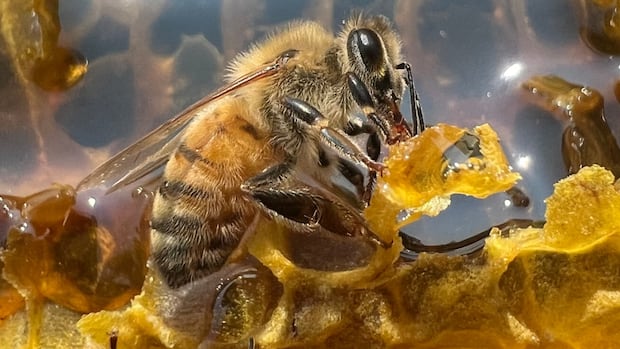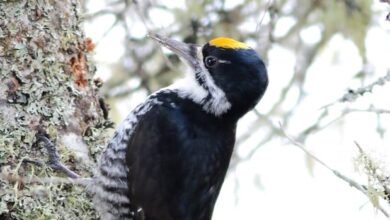Huge Sahara dust cloud smothers the Caribbean en route to the U.S.

A massive cloud of dust from the Sahara Desert has covered most of the Caribbean, marking the largest event of its kind this year as it makes its way towards the United States. Stretching over 3,200 kilometres from Jamaica to well past Barbados in the eastern Caribbean, and spanning 1,200 kilometres from the Turks and Caicos Islands in the northern Caribbean down south to Trinidad and Tobago, the dust cloud has left hazy skies and triggered sneezes, coughs, and watery eyes across the region.
“It’s very impressive,” said Alex DaSilva, lead hurricane expert with AccuWeather. The dust concentration reached a high level of 0.55 aerosol optical depth, the most significant amount so far this year, according to Yidiana Zayas, a forecaster with the U.S. National Weather Service in San Juan, Puerto Rico. Aerosol optical depth measures the amount of direct sunlight that is blocked from reaching the ground by particles, as per the U.S. National Oceanic and Atmospheric Administration.
The plume is expected to reach Florida, Louisiana, Alabama, and Mississippi later this week and into the weekend. However, DaSilva mentioned that plumes typically lose much of their concentration in the eastern Caribbean. “Those islands tend to see more of an impact, more of a concentration where it can actually block out the sun a little bit at times,” he explained.
The Sahara dust cloud, also known as the Saharan Air Layer, forms over the Sahara Desert in Africa and moves west across the Atlantic Ocean from April to October. It plays a role in preventing tropical waves from forming during the Atlantic hurricane season, which lasts from June 1 to November 30. June and July usually experience the highest dust concentration on average, with plumes traveling at altitudes ranging from 1,500 metres (5,000 feet) to 6,100 metres (20,000 feet) above the ground.
In June 2020, a record-breaking cloud of Sahara dust covered the Caribbean, with its size and concentration not seen in half a century. Forecasters even dubbed it the “Godzilla dust cloud” due to its massive scale. The dust cloud phenomenon serves as a reminder of the intricate interactions between different regions of the world and the impact they can have on weather patterns and air quality.




